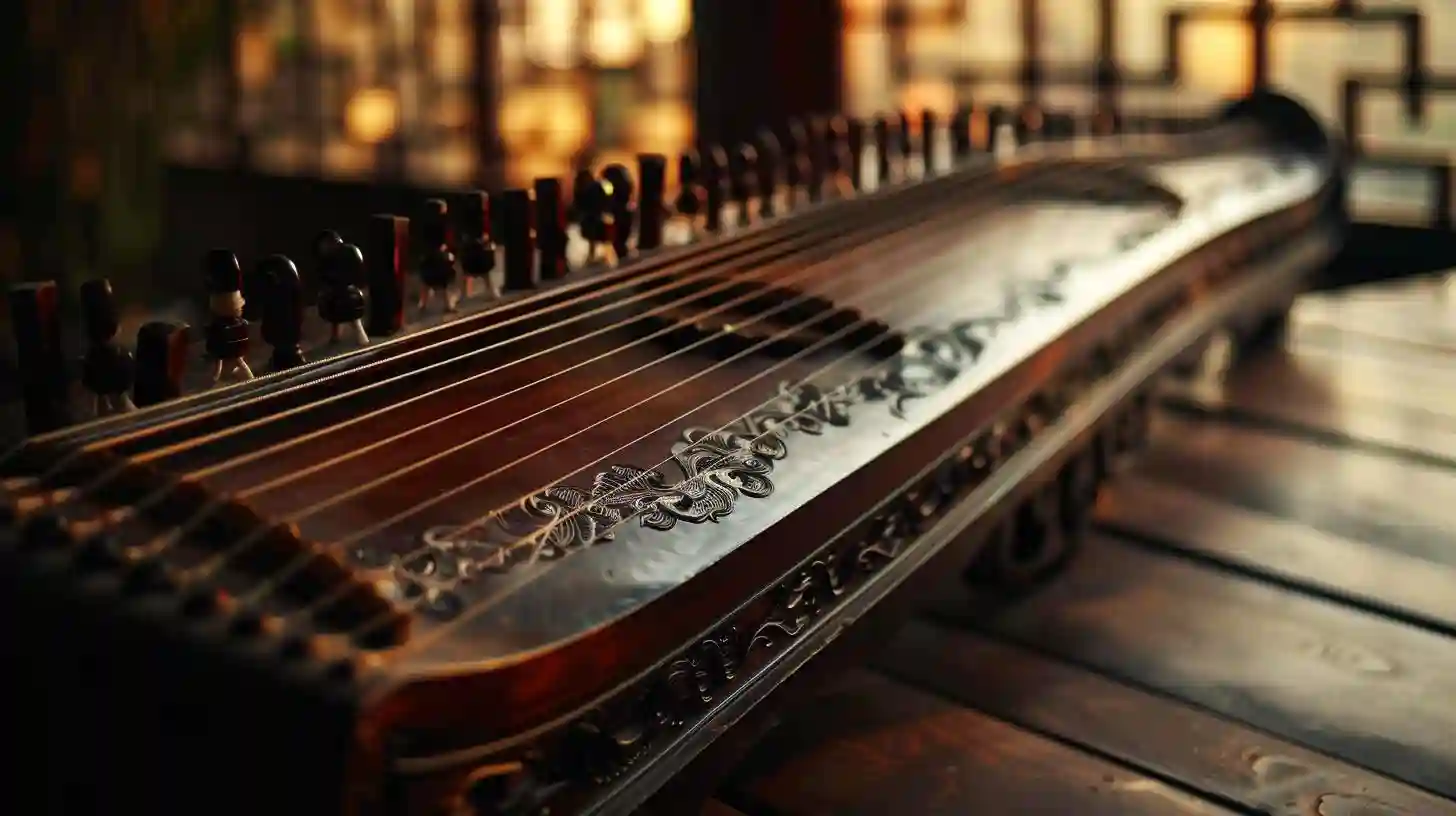
Traditional Chinese music has a rich history dating back thousands of years, and the guzheng is a prominent instrument in this cultural heritage. The Guzheng, also known as the Chinese zither, is a traditional Chinese musical instrument with a history dating back over 2,500 years. It is a plucked string instrument that has been played and admired by generations of Chinese musicians and music lovers.
The Guzheng is a plucked string instrument with a long rectangular sound box and up to 21 strings. Strings are made from a variety of materials, such as silk, nylon, and metal, and are plucked with fingers or picks. The instrument is played by placing the guzheng on the table or on the player's lap and pressing the strings against the movable bridges to change the pitch. Guzheng is known for its rich melodic sound and ability to produce a wide range of tones and timbres.
The history of guzheng dates back to ancient China, where it was originally known as zheng. The instrument was first mentioned in historical texts dating back to the Warring States period (475-221 BC), and is depicted in ancient paintings and sculptures. Over the centuries, the guzheng underwent numerous changes and developments, eventually evolving into the instrument we know today.
Guzheng has a long and storied history in Chinese culture and has been an integral part of traditional Chinese music for centuries. It is often used in solo performances, ensemble music, and as an accompaniment to Chinese opera and dance. The instrument has also gained popularity around the world and can be heard in a wide variety of musical genres and styles.
One of the hallmarks of guzheng is its versatility and adaptability. The instrument can produce a wide range of sounds, from gentle and ethereal to bold and powerful. It can be played in a variety of ways, including plucking, strumming, and string bending, allowing for endless possibilities and variations in sound and technique.
Guzheng also inspired the rich tradition of Guzheng music and repertoire. Traditional Chinese music for guzheng includes ancient melodies, classical compositions, folk melodies and modern pieces. Many famous Chinese musicians have dedicated their lives to mastering guzheng and preserving its musical heritage. The instrument has also inspired composers and musicians from around the world who have created new works and fusion styles incorporating the unique sounds and techniques of the guzheng.
Besides its musical significance, guzheng also holds a special place in Chinese culture and symbolism. The instrument is often associated with elegance, grace and tradition and is considered a symbol of Chinese heritage and identity. It has featured in Chinese art, literature, and folklore, and has been celebrated in festivals, ceremonies, and rituals throughout history.
Today, the guzheng continues to be a favorite instrument in China and around the world. It is taught in schools, conservatories and music institutions, and performed at concerts, recitals and cultural events. The instrument has also found its way into popular music, films and contemporary art, demonstrating its enduring appeal and adaptability in the modern world.
The Guzheng is a unique and charming instrument that represents the beauty and depth of Chinese music and culture. Its rich history, diverse sound and cultural significance make it a beloved symbol of Chinese heritage and tradition. Whether played in a traditional setting or in a modern context, guzheng continues to captivate audiences and inspire musicians with its timeless beauty and haunting sound.